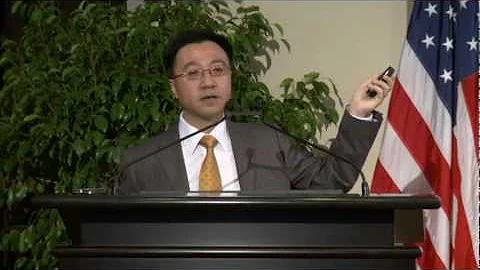In 2018, the first AI-generated portrait was auctioned for $432,500. This has sparked a huge discussion in the art world and raised the question: Will artificial intelligence surpass human creativity?

jason Allen's AI-generated work "Théâtre D'opéra Spatial" won first place in the Digital Category of the Colorado State Fair
This narrative has become increasingly common as more and more artificial intelligence-generated art is published. But how much substantial content does this kind of art work have in reality?
Life is change—or rather, constant change. Every stage of change and innovation comes with disruption. It is visible and perceptible in every system. Whether it is a person, a market, or an organization.
When the art generated by artificial intelligence was introduced into the world, it did the same thing-it disrupted the market. As a result, a debate began on whether art produced by artificial intelligence would replace human creativity. What stands out among many reactions is that this debate is driven primarily by fear. The fear of being replaced, the fear of becoming irrelevant, and the fear of artificial intelligence will set the threshold higher than anyone’s creativity.

If we look back on art history, subversion is not uncommon. We will find more than one example of how an event or artist disrupts the market for centuries. But these events and artists did not lead to collapse, decay or stagnation, but created new movements or shaped new ways and means.
For example, French Post-Impressionist painter Paul Cezanne . His work builds a bridge between the late 19th century Impressionist and the early 20th century Cubism. Cezanne 's art was a subversion at the time, laying the foundation for a brand new and completely different art world in the 20th century.
Cezanne brought changes, enriching the known things, giving the market a new direction and opening up unknown opportunities. But he did not extinguish what he had created before.
Artist writer, critic, novelist and artist Christoph P. Jones describes Cézanne’s artistic journey in detail in his novella “How Cezanne changed the course of Western art.”
If subversion is a natural component of change, why is the debate surrounding the art of artificial intelligence so driven by fear? The answer is also fear, because creativity is deeply rooted in human behavior. An example my teacher encountered in his career might highlight what I mean.
In the late 1990s, my teacher had a communication with a professor—he was experienced, stable and talented in art—and my teacher was a young, inexperienced art student at the time, and he was at the beginning of his career. There was a slightly heated discussion between them on the use of digital art and technology. The professor is obviously angry and argues that real art requires people, not machines. My teacher didn't understand why he had such a strong opinion at the time.
Today I understand the professor's reaction because from the artist's point of view it seems logical. He excluded himself from most modern influences or technological advantages of the time to protect the methods and techniques he had spent most of his life perfecting. He did this to preserve an important part of his value system, a value system associated with his entire existence and success.
If we apply this example to the issue of the art of artificial intelligence generation, there will be a very simple explanation of why artificial intelligence will root the story of human creativity in fear. All of this is ultimately for survival.

Humans began to create art 43000 or 65000 years ago. In my opinion, it is incredible that we have successfully evolved from line drawings in caves to AI-generated art.By realizing this, we can also understand the level of human intelligence required to do this.
Artificial intelligence is to simulate human intelligence in machines, programmed to think like humans and imitate their behavior. The art of artificial intelligence generated is the result of machine learning: computers that can be learned from examples and neural network research.
"This system uses neural representations to separate and reorganize the content and style of arbitrary images to provide neural algorithms for the creation of artistic images." *
Examples from a group of researchers in Germany prove that complex mathematical algorithms can accurately copy the painting styles of artists such as Pablo Picasso and Vincent van Gogh in 60 minutes, which is impressive.
There is no doubt that artificial intelligence is powerful. But accurately converting another image into an existing style is far from using multiple techniques to transfer emotions from one’s own life story to the picture, and is far from using humans’ own shortcomings. After all, this is what human creativity and art are all about.

Maybe at some point we will be able to connect our thoughts and emotions directly to AI, just as Stephen Hawkins imagined.
"We urgently need to develop a direct connection to the brain so that computers can increase human intelligence, not oppose it."
But for now, the art of artificial intelligence generated only creates a new market that will exist and belong to all other markets that already exist. We can use AI as a great tool to realize our ideas, visions, and creativity, but that’s all. Even if artificial intelligence will play a major role in the art world, the ultimate question is, is teaching machines to imitate creativity really creativity?











